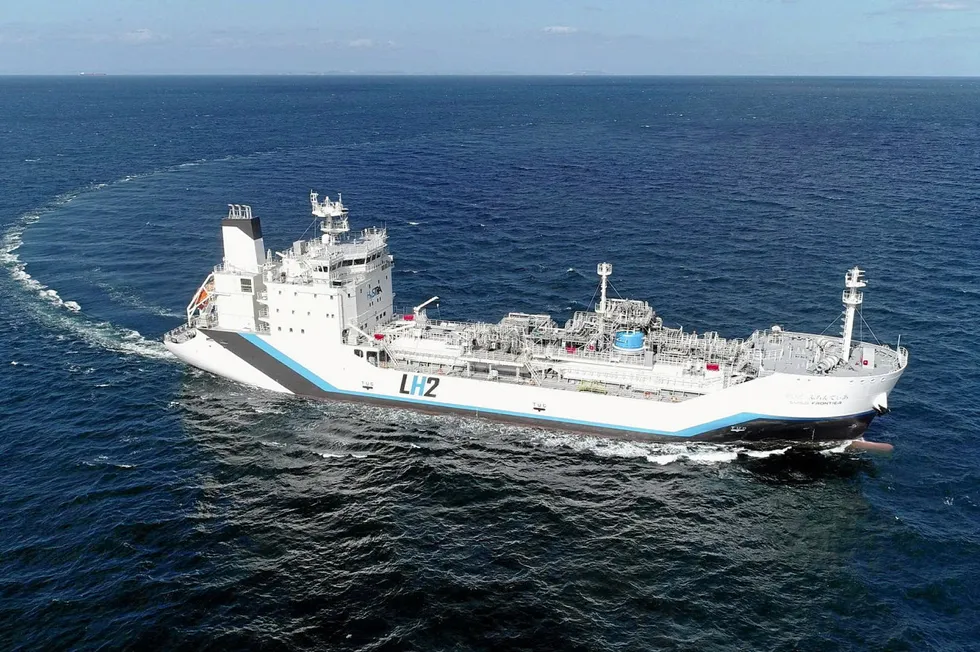Japan channels $1.6bn public money into coal-based ‘clean’ hydrogen project in Australia
Japanese developers say the project will use carbon capture and storage technology with emissions intensity verified by the Australian government

Japanese developers say the project will use carbon capture and storage technology with emissions intensity verified by the Australian government
